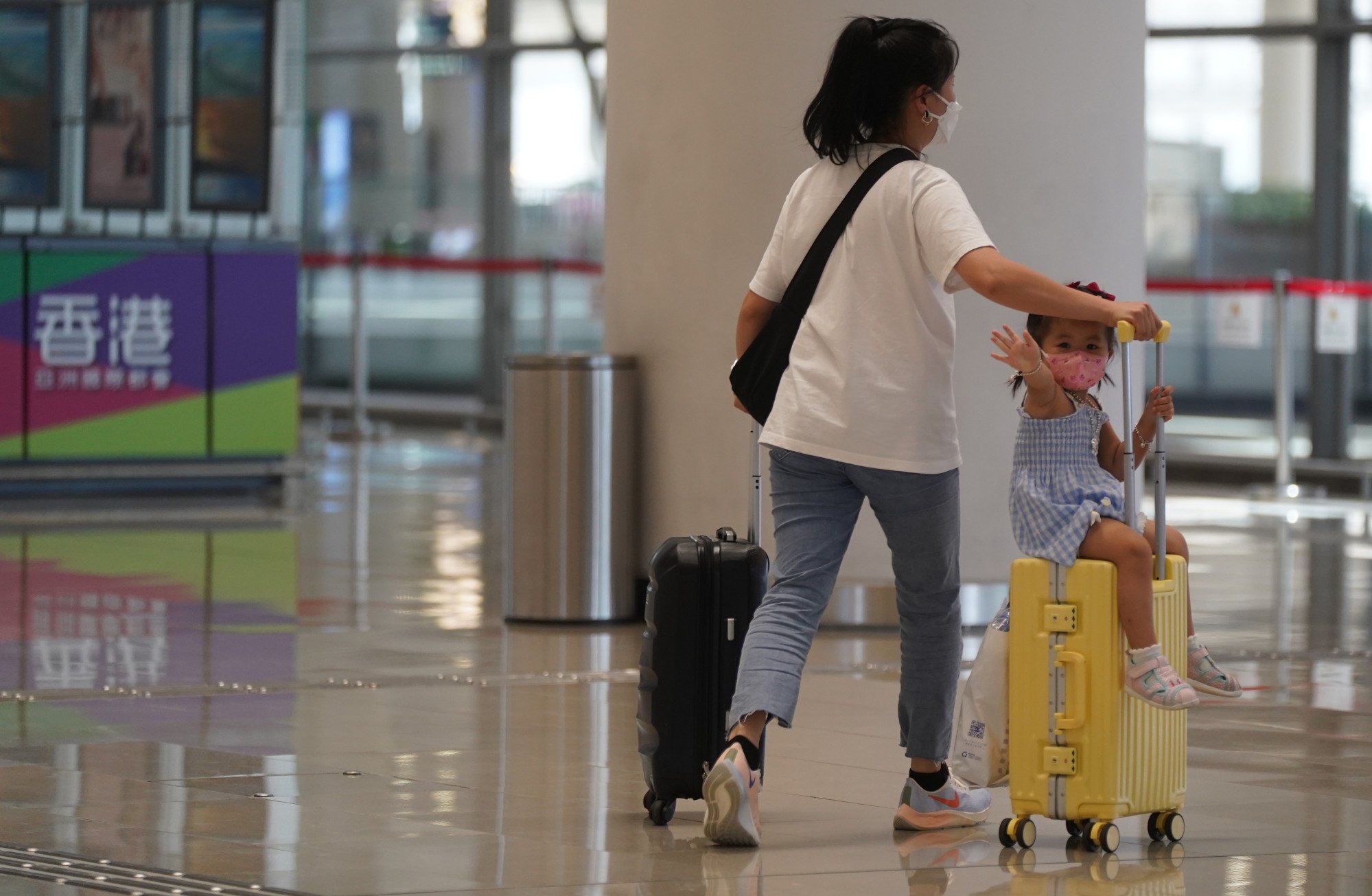
Bringing women back into the workplace is essential for Hong Kong’s pandemic recovery
- Women’s wages and workforce participation have dropped since the start of the pandemic, while their unpaid duties have increased
- But women are indispensable to Hong Kong’s future growth; closing the wage gap, while providing more support at home, can pave their re-entry to the workforce
As new Chief Executive John Lee Ka-chiu focuses on Hong Kong’s economic outlook, he must do more to narrow the widening gender gap. Women are vital to solving the multiple challenges our city faces: the ongoing pandemic, economic recovery and the development of new sectors for future growth.
By contrast, some men said their well-being increased during the pandemic, with more time to relax, sleep and exercise.
The pandemic has reversed the trend of female workforce participation, which had been growing from a low base of just over 50 per cent – still behind many advanced economies. Female unemployment rates had been steadily declining in the five years before the pandemic, but doubled in 2020. As well as job losses, difficulties in juggling home and work responsibilities led some women to leave the workforce.
Progress in pay has also taken a hit. A decade ago, men and women in certain managerial, administrative and professional jobs were paid about the same, but by 2020 women across all industries were being paid less than men, regardless of their education level.
Retaining skilled women in the workforce and expanding opportunities for them is crucial to driving Hong Kong’s economic prosperity. Rising numbers of women are in professional careers; nearly three-quarters of primary and secondary-school teachers, half of solicitors, and one-third of medical doctors are women.
Not addressing these concerns fully would risk further female workforce attrition and brain drain.

Hong Kong is also keen to expand its arts and culture sector. While women are highly represented in this arena, they could drive its growth with initiatives to close the gender gap in pay and benefits, facilitate loans to female entrepreneurs and offer visas to attract overseas female talent.
Why gender diversity makes good business, social sense for Hong Kong firms
But Lam may have also missed opportunities to demonstrate the empathy and consensus-building characteristic of effective female leaders, and to foster social cohesion and trust among people with different perspectives.
Paid parental leave with the flexibility of being shared between parents would encourage more women to return to work and rebalance responsibilities, which would also benefit children. Transparency in pay practices and continued increases in female representation in senior positions would also foster retention.
Hong Kong is suffering the malaise of a dwindling workforce and ageing population. A larger share of women are choosing not marry or have children, compounding the trend of sub-replacement fertility.
Promoting women’s participation and advancement, improving quality of life measures, and closing gender skill and pay disparities will encourage more women to take part in Hong Kong’s economy and contribute to its future prosperity.
Janet Pau is executive director of the Asia Business Council


